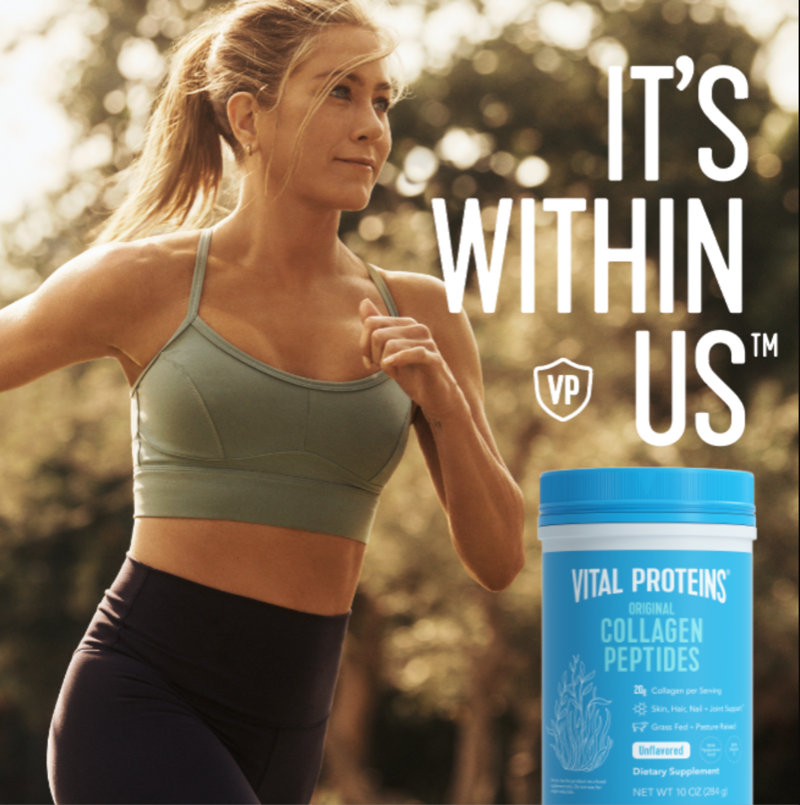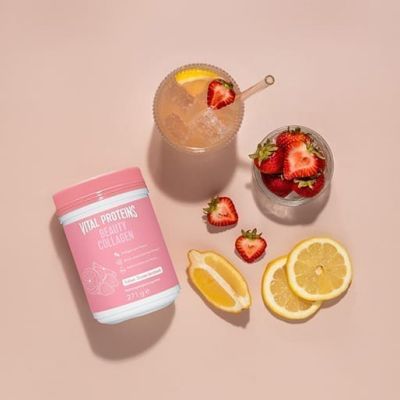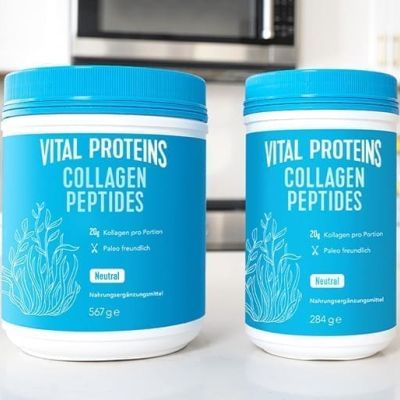COLLAGEN POWDER vs LIQUID COLLAGEN

Collagen powder or liquid collagen?
It is this dilemma that represents one of the most common myths about collagen as one of the most popular supplements of today. Collagen preparations belong to functional drinks and on the shelves we see temptingly designed bottles from different manufacturers and you must have wondered many times which one you should use to achieve the desired results.
On the one hand, a well-known recommendation resonates in your ears “… liquid collagen, liquid collagen, only liquid collagen is the correct choice …”, and on the other hand you are offered collagen preparations powder, which probably further enhances your doubt. So let’s start breaking this myth in order for you to understand the similarities and differences of these two forms of collagen based on the recommendations of world experts.
The main difference between liquid collagen and collagen powder is its form, and powder is an essential form of collagen as obtained from the natural raw material of animal origin.

The Most Important Pros & Cons
1. The power of the formula
Drinks in liquid form usually contain a lower dose of collagen per serving compared to a powder alternative. Based on current research, the recommended daily dose of collagen is 10g – 20g per day, and most liquid collagen preparations on the market offer a daily dose of 5g-10g. Of course, all this depends on the manufacturer, but it is difficult to find more than 10g of the daily dose in liquid form. On the other hand, powder preparations are mostly present at a dose of 15g or more and are ultimately much more affordable if you want to “gram to gram” follow the world recommendations on the daily dose.
2. Collagen source
Most preparations in liquid form are formulated on the basis of fish collagen, which is rich in types I and II. Type I collagen is found everywhere in the body (except cartilage), and is most concentrated in bones, ligaments, tendons, skin, hair and nails. Type II collagen is mostly found in cartilage.
Collagen of bovine origin (pasture cattle) is rich in collagen types I and III. Type III collagen is found in the skin, muscles and blood vessels. The combination of types I and III makes collagen of bovine origin particularly suitable for the general well-being of the body, but if you follow a pescetarian diet, collagen of marine origin may be a better fit for your lifestyle.
3. Additives
Of course, it is important to look at the label on the product in order to know what we are bringing into the body, and the labels on liquid preparations are usually quite long. For example, they usually include different added flavors to enhance the taste of the preparation and sweeteners to obtain the sweetness needed for consumption. But all these additives also mean empty calories, whether they are natural or artificial. Therefore, collagen powder can be simply mixed into any drink or smoothie and thus get clean, freshly prepared liquid collagen at any time.
4. Storage method
All preparations in liquid form must be stored at a certain temperature in the refrigerator after opening and are prone, according to user experience, to oxidize over time, slightly change color, taste and smell, while storing collagen powder at room temperature until the expiration of validity, without fear of changing the quality of the ingredients.
5. The “For to Go” option
If you take into account the speed of consumption at home then of course collagen in liquid form is a good option for you. Collagen powder should be scoured with a scoop and mixed into the drink, which requires a few minutes more, but in this way you will enter quite a bit of fluid along with the collagen itself, which can mean an advantage for someone. If you want to consume the preparation outside the home, consider that it should be packed in individual ampoules or bags that you can easily take with you.
6. Sustainability
Nowadays, we also deal a lot with product sustainability and what it really means for our environment. It follows that single-storey products are less environmentally friendly than e.g. a container or bag that can be recycled. For this reason, many prefer products packaged in containers that contain multiple doses and can be preferably used later.
7. Bioavailability
It is important that your chosen product is high bioavailability, i.e. hydrolyzed collagen (collagen peptides). The term bioavailability implies rapid decomposition and absorption in the body, and the molceular mass of hydrolyzed collagen is so small that in the digestive tract it easily decomposes and connects with enzymes to enter the bloodstream and reach the place where it is necessary to stimulate cells to produce new collagen fibers.




